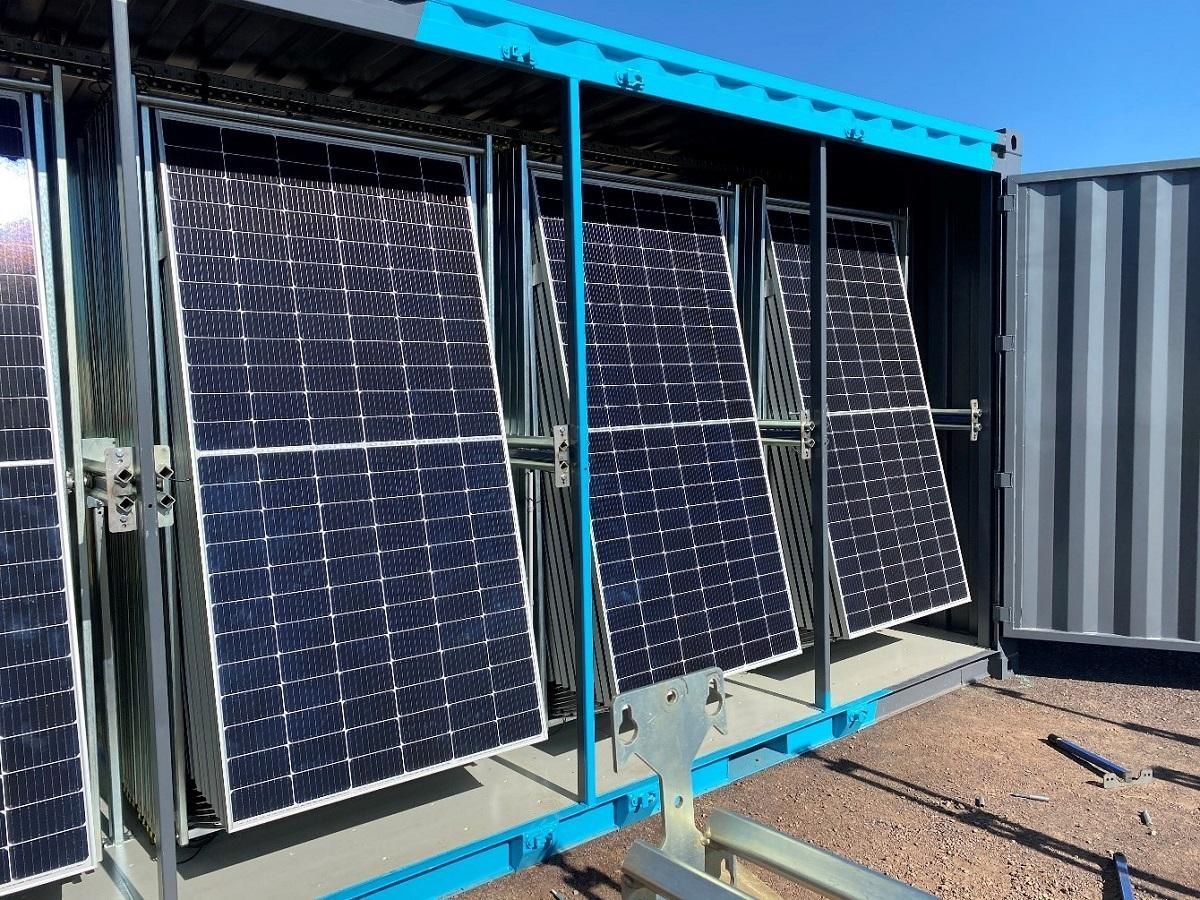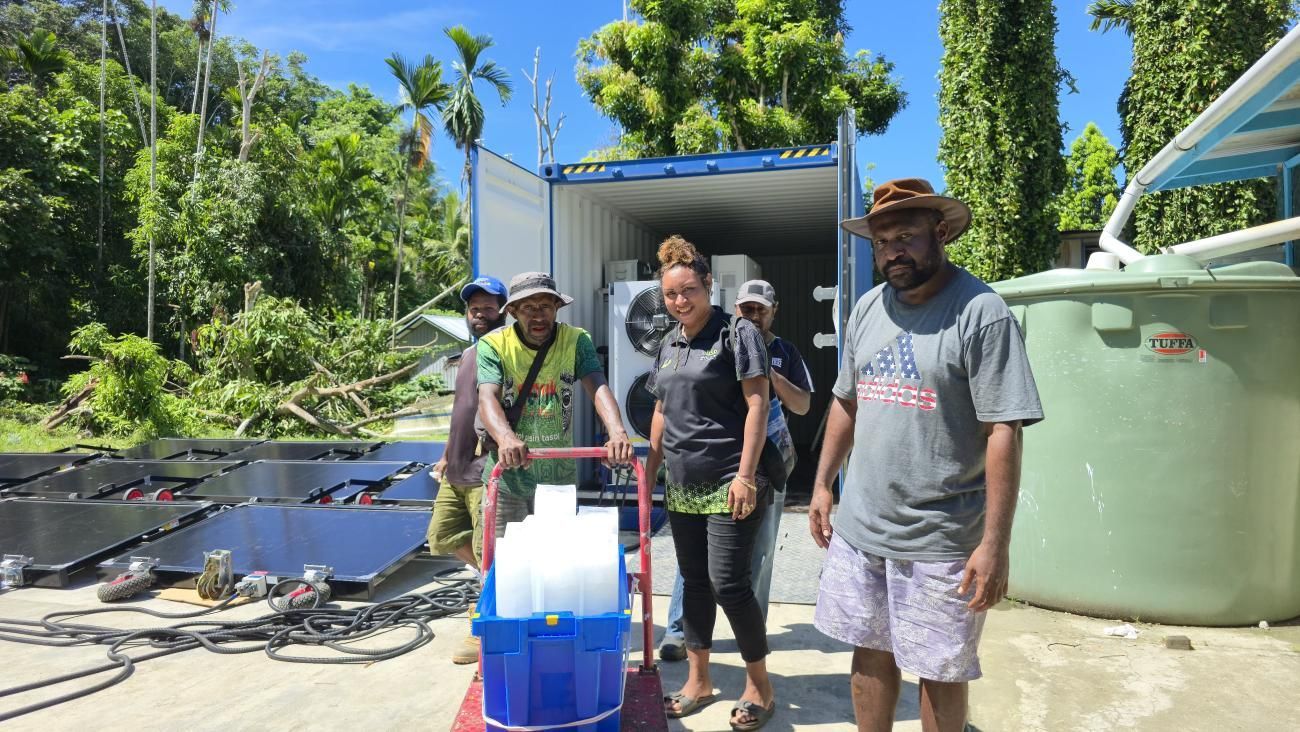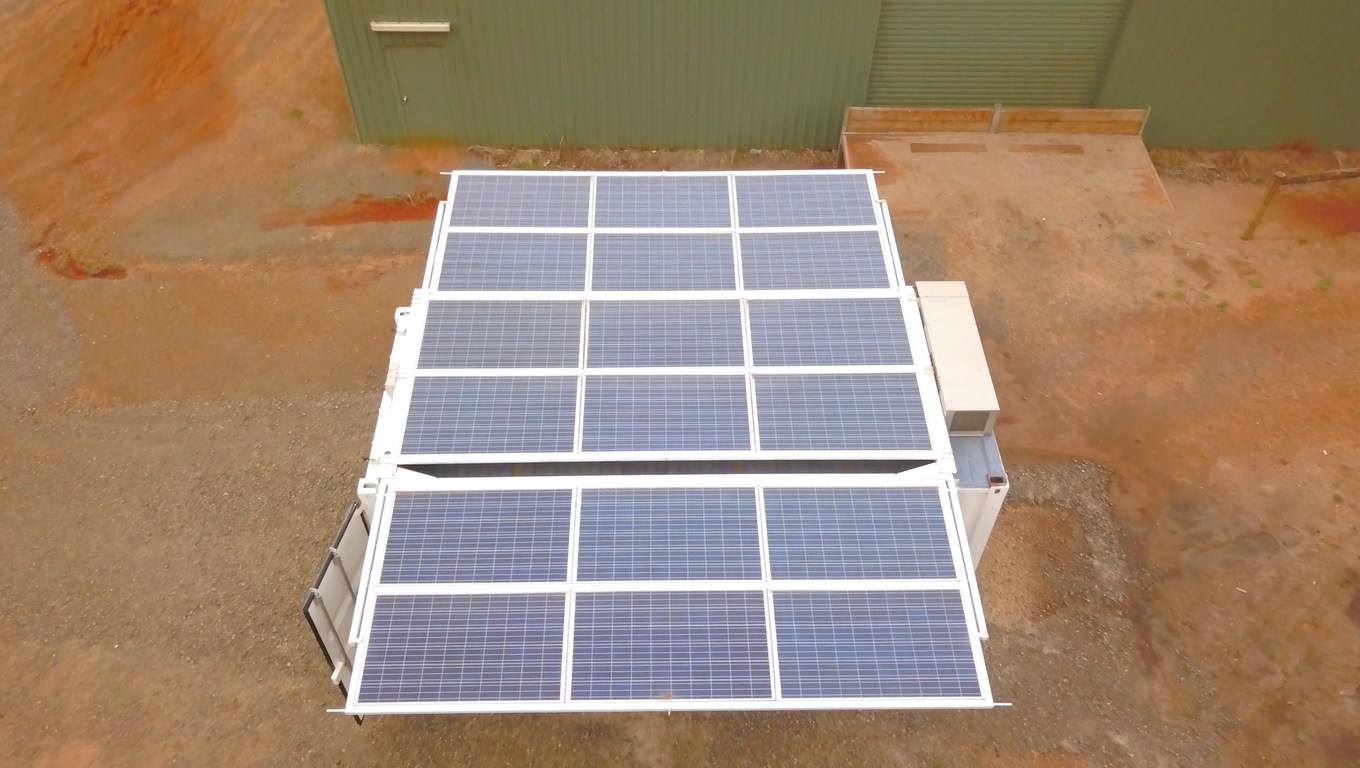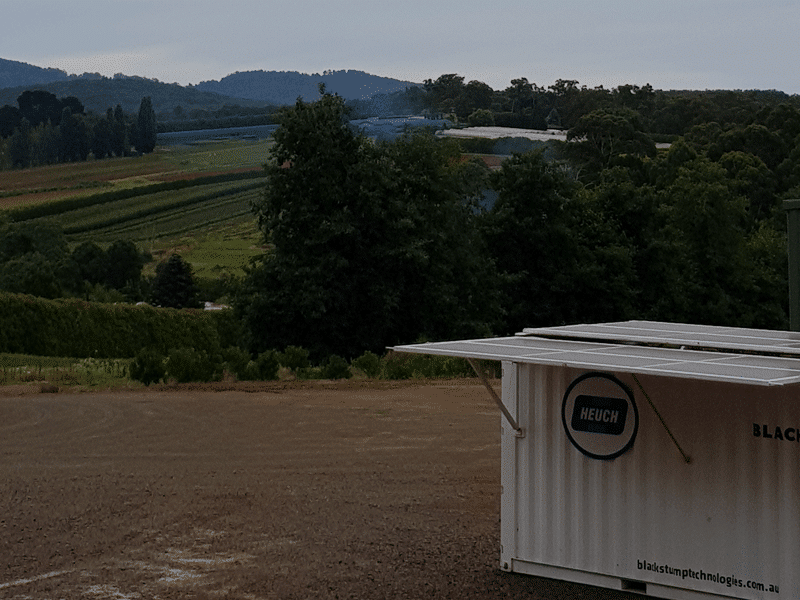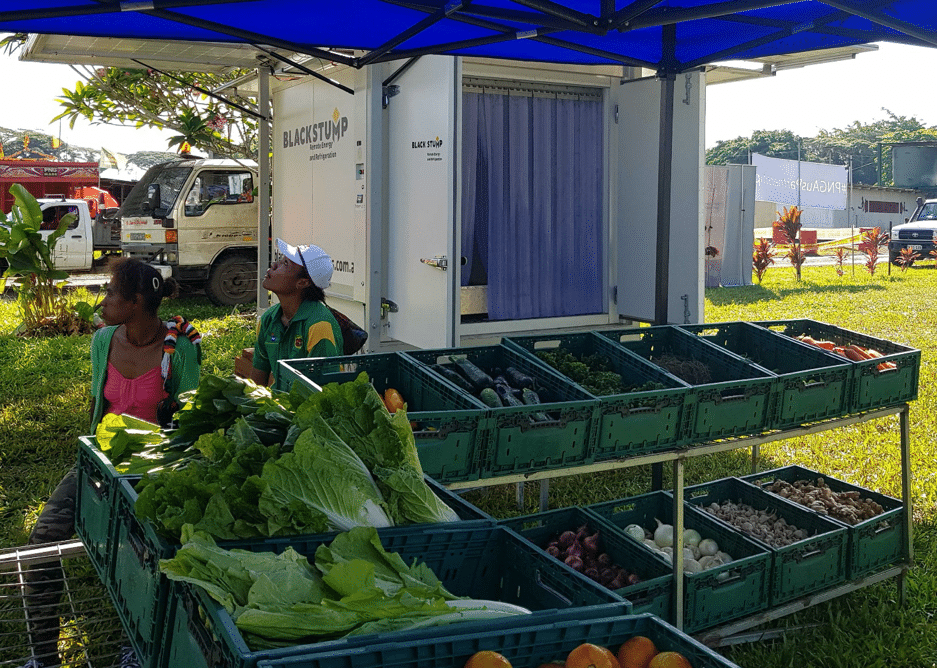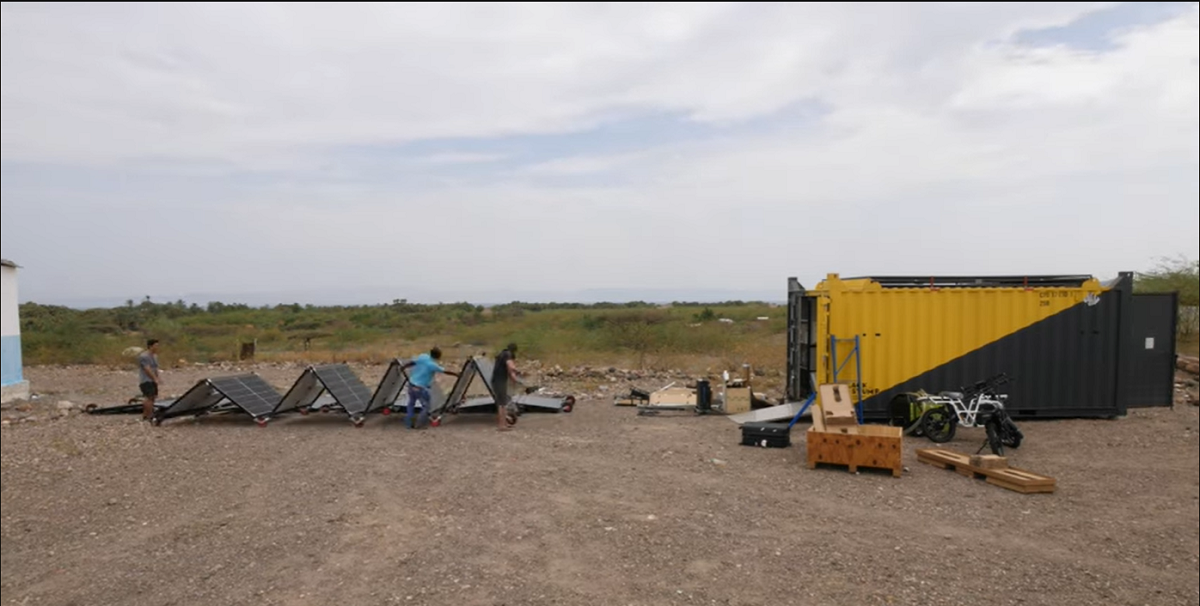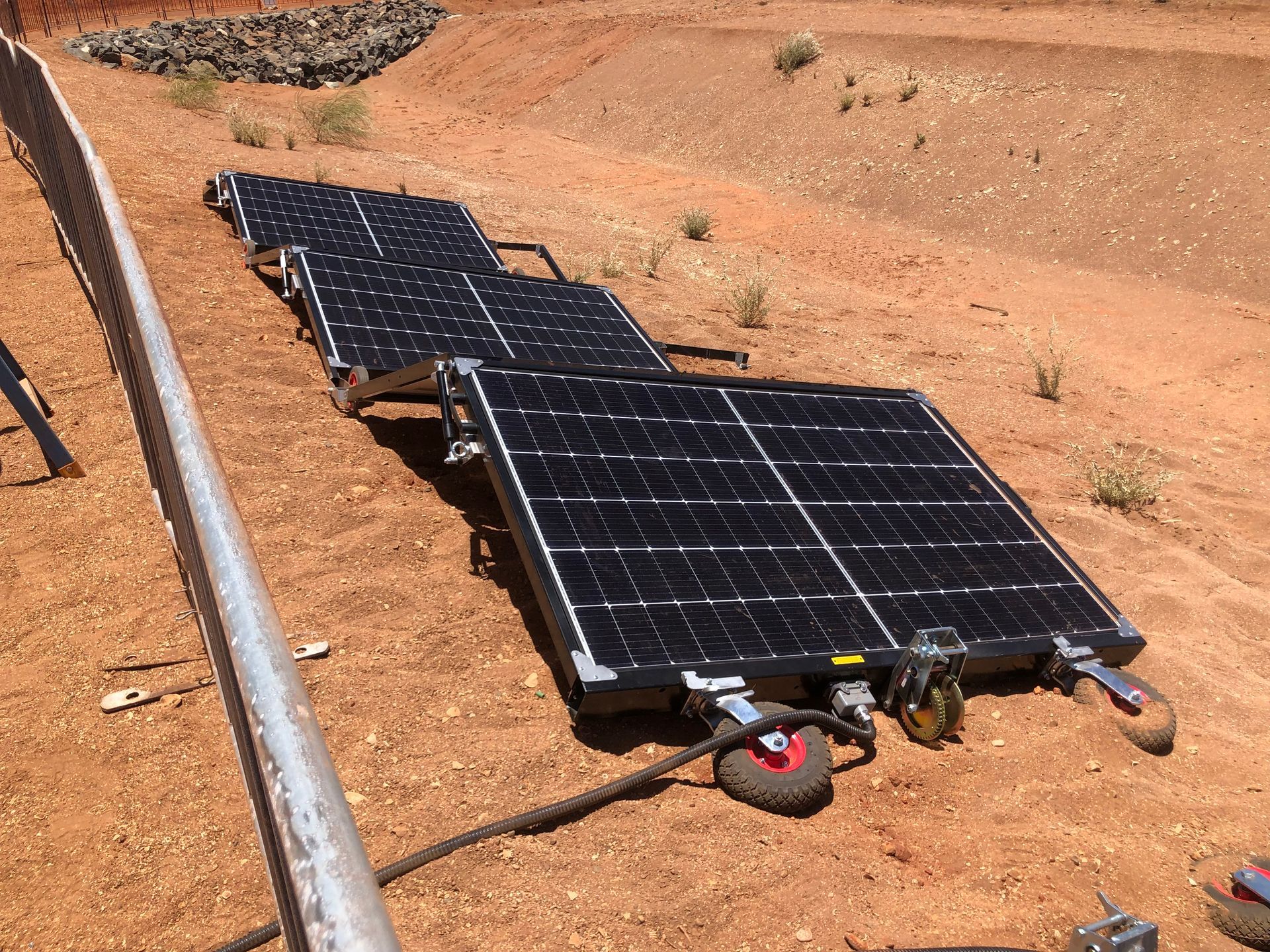The true cost of diesel
Why the energy transition is a strategic business move
For many organisations operating in remote or industrial settings, diesel-powered generation has long been the go-to solution. But the cost of diesel is more than just fuel—it’s a strategic liability that demands attention. A recent guide highlights that a 20 kVA diesel generator consuming roughly 5 litres per hour at A$2.00 per litre already incurs around A$10 per hour just in fuel.
Hidden Costs That Hit the Bottom Line
Beyond fuel, diesel systems carry capital costs, maintenance burdens, logistic risk and regulatory exposure. One case study shows capex for diesel-generator infrastructure at nearly A$1 m per MW, not including ongoing operating cost. Over time, the business impact of fuel volatility, equipment downtime, servicing intervals and supply-chain risk can outweigh upfront savings from sticking with diesel.
When Renewable Makes Business Sense
At Black Stump Technologies, we recognise this shift. Our renewable-energy systems (diesel generator alternatives from 12 kVA to 500 kVA and up to megawatt-scale clean energy generation) reinforce a business decision grounded in certainty rather than subsidy. Meanwhile, our cold-chain products (icemakers, chillers and freezers) deliver more than just cooling—they safeguard product quality, reduce spoilage and protect value in environments where logistics and power reliability matter.
By deploying renewables instead of diesel, organisations lock in predictable costs, reduce operational risk and align with commercial imperatives, not just environmental headlines.
Making the Transition Work
For business operators, transition isn’t about abandoning diesel out of guilt—it’s about recognising that diesel is fundamentally a high-risk, high-variability asset in today’s environment. Starting with modular renewable systems enables a phased approach that improves resilience, optimises lifecycle cost and positions the organisation for future sustainability. In short: the energy transition is a business decision, not simply a green one.


